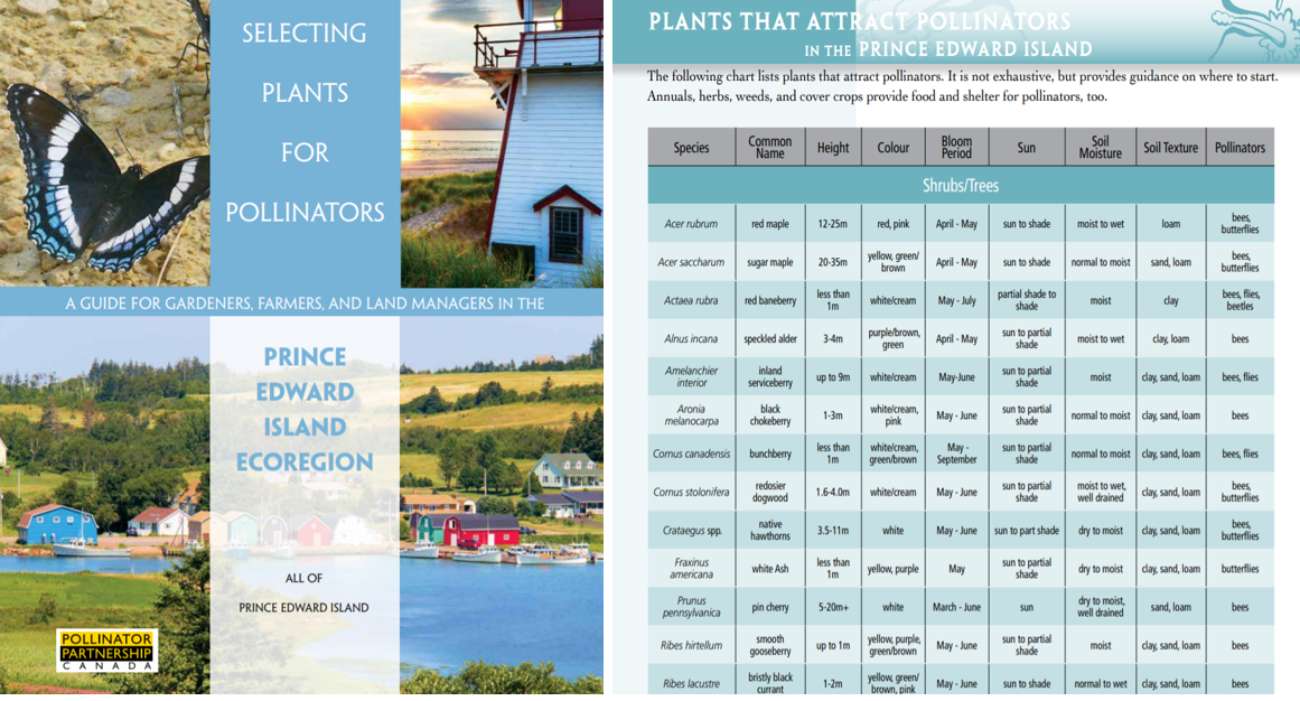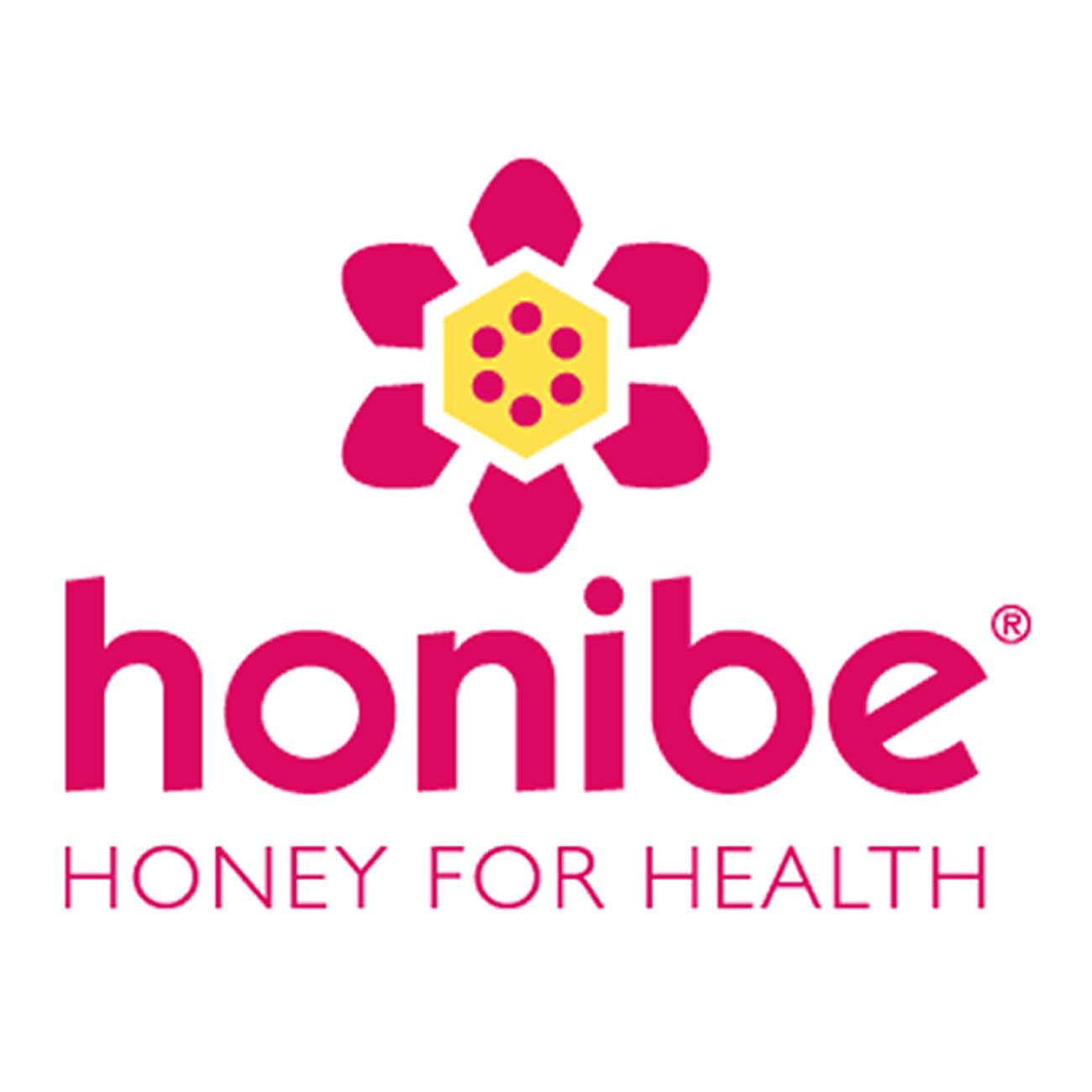Supporting Pollinators in Your Yard
Did you know that there are thousands of different pollinators in Canada? Honey bees are just one type of pollinator; they are really important for pollination in agriculture and, of course, for honey production. In addition to honey bees, there are over 800 types of native bees in Canada, as well as other pollinators such as butterflies and hoverflies that are important for food production and pollination in natural areas.

The best way to help all pollinators is by providing habitat: from pots of flowers, to a garden in your yard, to meadows and hedgerows. We can all make a difference!
Our docile (and mostly solitary) native bees need two main things to thrive:
1. Flowers: to provide pollen and nectar for food
2. Nesting sites: for pollinators to lay their eggs

Creating a yard that is a buzzing paradise for honey bees and native pollinators will support biodiversity and help pollinate urban gardens. Here’s a few tips to a bee-utiful garden:
- Incorporate plants that are native to your area in your yard. Native bees and other native pollinators have evolved with native plants. By providing native plants, you’ll get the most diversity of pollinators and resilient gardens.
- When getting plants, avoid plants that have been treated with pesticides (ask at your garden centre) and avoid plants that are invasive in your region (check your local invasive species council online). While plants that are invasive might provide nectar and pollen, they invade other areas and reduce native plant cover. Check your local invasive species council online for plants to avoid.
- Choose a variety of flower shapes, sizes, and colours. Pick plants that bloom at different times, from early spring to fall so that pollinators have food all season.
- Embrace some ‘wildness’ in your garden—rock piles, bare soil, old stems, and rotting wood can provide nesting and resting sites for many pollinators.
- Take some time to watch the pollinators visiting the flowers in your garden. You can become a Citizen Scientist by using the Insight App: https://insightcitizenscience.com/
- For more information on pollinators and what plants to choose for your region, check out Pollinator Partnership Canada’s Ecoregional Guides: https://pollinatorpartnership.ca/en/ecoregional-planting-guides

Check out the honibe® website at https://honibe.com.
